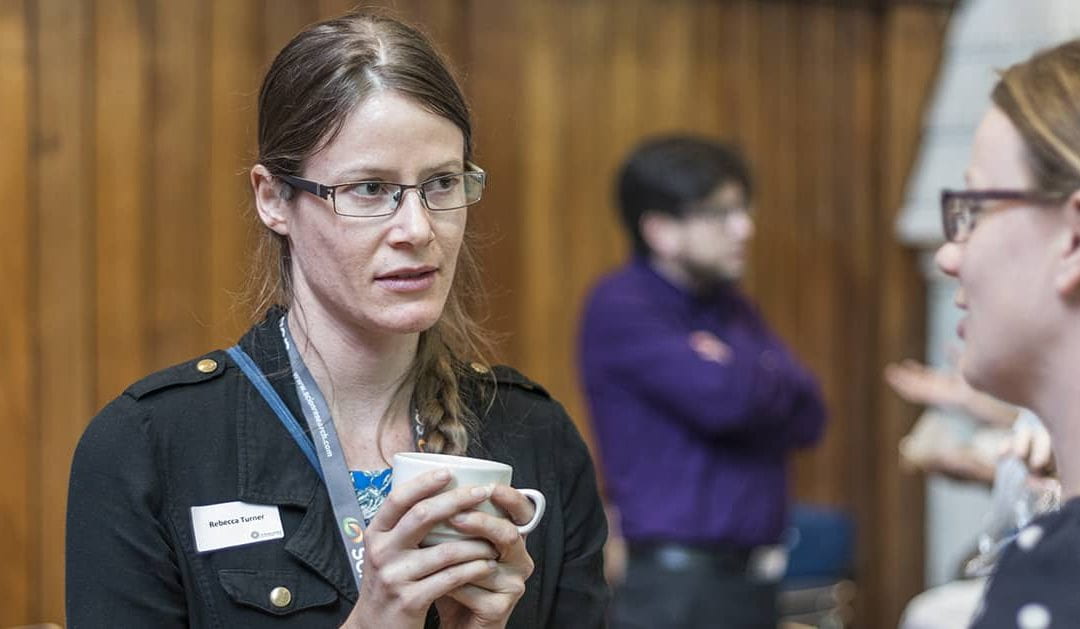8 October 2021
In her role with Scion, Dr Rebecca Turner is working with stakeholders in Aotearoa New Zealand and internationally using data to predict biosecurity risk.
Dr Rebecca Turner joined Scion as a postgraduate fellow in 2018, co-funded by the Biological Heritage National Science Challenge and Te Pūnaha Matatini. In 2020 she was promoted to a full-time biosecurity scientist.
Scion is a Crown research institute that specialises in research, science and technology development for the forestry, wood product, wood-derived materials, and other biomaterial sectors.
“My postdoc led directly into this role,” says Rebecca. “It created the opportunity for me to get to know Scion systems, plus New Zealand researchers and international collaborators through Te Pūnaha Matatini.
“Crown research institutes focus on applied science for the sectors they serve, so publishing reports for industry use is important. Having the postdoc and the TPM funding helped me build academic credibility by publishing papers.”
Rebecca’s background is in ecology, molecular biology and mathematical modelling. She is interested in research using mathematical techniques to understand biology and other applications.
Rebecca was involved with Te Pūnaha Matatini Whānau during her postdoctoral fellowship, and appreciated building her network at our Annual Hui each year. She also contributed to our Mycoplasma bovis response, working with data from the National Animal Identification and Tracing (NAIT) system that tracks cattle movement around New Zealand.
At Scion, Rebecca’s initial project explored the potential of using border interception data to predict arrivals and establishments of invasive pests in New Zealand. She says that the team hopes to be able to use border interception data to warn people what invasive species to look out for in orchards and forests.
The project quickly became complicated and grew to include international interception data, and Rebecca is now working with the United States Forest Service on an extension of this project looking at data about beetles, which include large groups of potential forestry pests.
“Although we’re really good at biosecurity in New Zealand and we’ve got a really good rate of interceptions and getting them down to species level relative to our population size, we’re still a small country, and we can only collect a certain amount of data. So we then started working with international stakeholders to get interception data from other countries as well.”
Three years in, they are now in a place where they have all the data, have started analysing it, and are starting to see where some of that data is useful for predicting establishments.
“In New Zealand forestry the major plant species that we have is Pinus radiata, so we’re looking for insects that are associated with Pinus radiata, and trying to predict which are going to establish in New Zealand, using things like interception data and climate matching.”
“We’re creating a biosecurity risk framework specifically for the forestry industry. I’m also collaborating with AgResearch and Plant & Food Research through Better Border Biosecurity (B3) to create frameworks for the agricultural industry and the pasture industry.”

